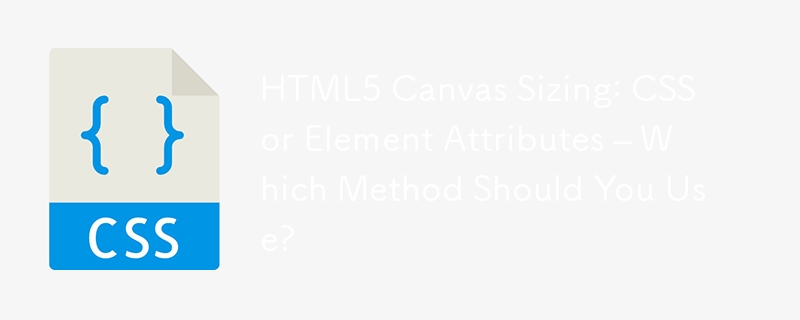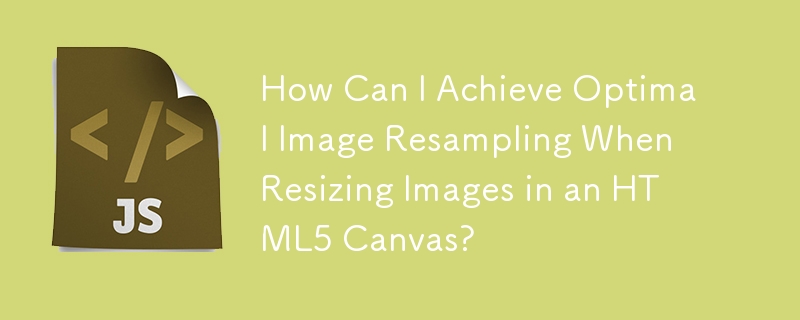Found a total of 10000 related content
Swarm Intelligence Algorithms: Three Python Implementations
Article Introduction:Imagine watching a flock of birds in flight. There's no leader, no one giving directions, yet they swoop and glide together in perfect harmony. It may look like chaos, but there's a hidden order. You can see the same pattern in schools of fish avoidi
2025-03-03
comment 0
340

25 Ridiculously Impressive HTML5 Canvas Experiments
Article Introduction:HTML5 Canvas Experiments: A Visual Feast!
Prepare to be amazed! This collection showcases stunning HTML5 canvas experiments that will leave you breathless. We've gathered some of the most impressive and cutting-edge examples available.
Caution: Some
2025-03-05
comment 0
862



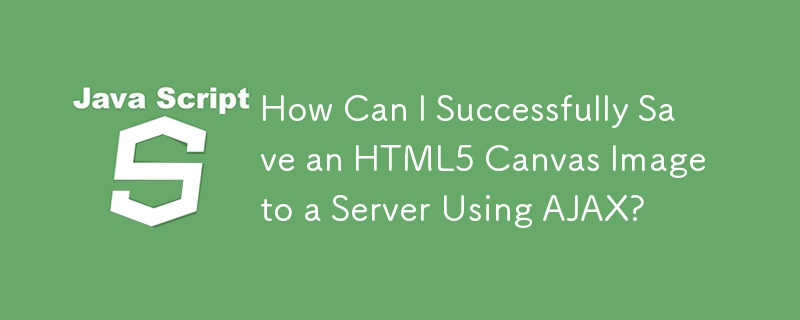

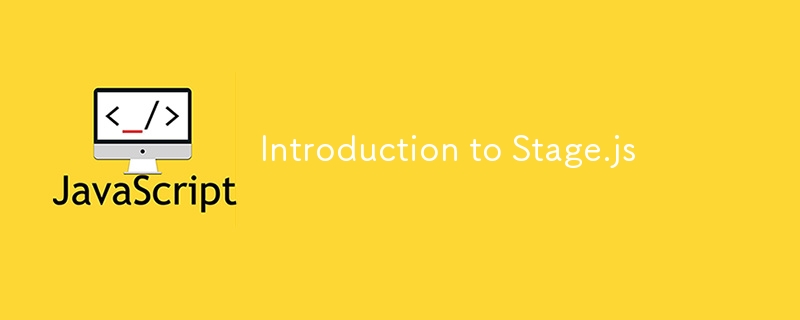
Introduction to Stage.js
Article Introduction:Stage.js is a lightweight, open source JavaScript library for cross-platform 2D HTML5 game development. It uses a DOM-like model to manipulate the canvas and manages the rendering cycle of the application itself. This tutorial will introduce the core features of Stage.js to help you get started easily.
Key Points
Stage.js is a lightweight, open source JavaScript library for cross-platform 2D HTML5 game development, which uses DOM-like models to handle canvas and independently manage the rendering cycle of your application.
This library provides multiple features, including node positioning (determining how nodes are attached to their parent node), for interactive updates
2025-02-19
comment 0
1260

How to Draw Charts Using JavaScript and HTML5 Canvas
Article Introduction:This tutorial demonstrates creating pie and doughnut charts using JavaScript and the HTML5 canvas.
We'll cover the fundamentals of pie and doughnut charts, then build the JavaScript and HTML to render them.
Understanding Pie and Doughnut Charts
A pi
2025-03-02
comment 0
662
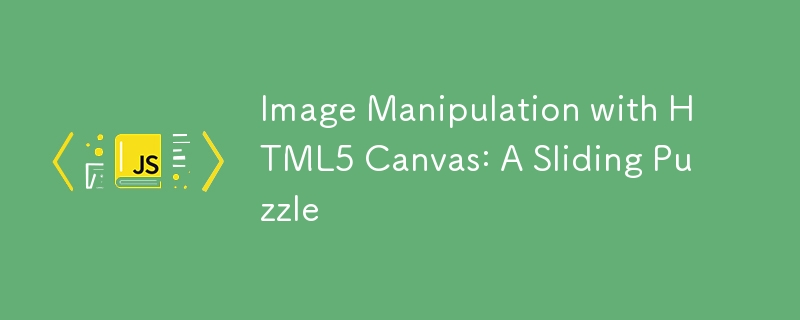
Image Manipulation with HTML5 Canvas: A Sliding Puzzle
Article Introduction:Core points
The HTML5 canvas element allows native integration of multimedia content, including line drawings, image files, and animations, into web pages, and can be used to create sliding puzzle games.
The canvas drawing is performed through a context that is initialized by the JavaScript function getContext(). The drawImage() function in JavaScript is used to display images on canvas, and different parameter options allow resizing images and extracting image parts.
The game logic of the sliding puzzle involves creating a two-dimensional array to represent the board. Each element is an object with x and y coordinates that define its position in the puzzle grid. checkerboard
2025-03-01
comment 0
1008
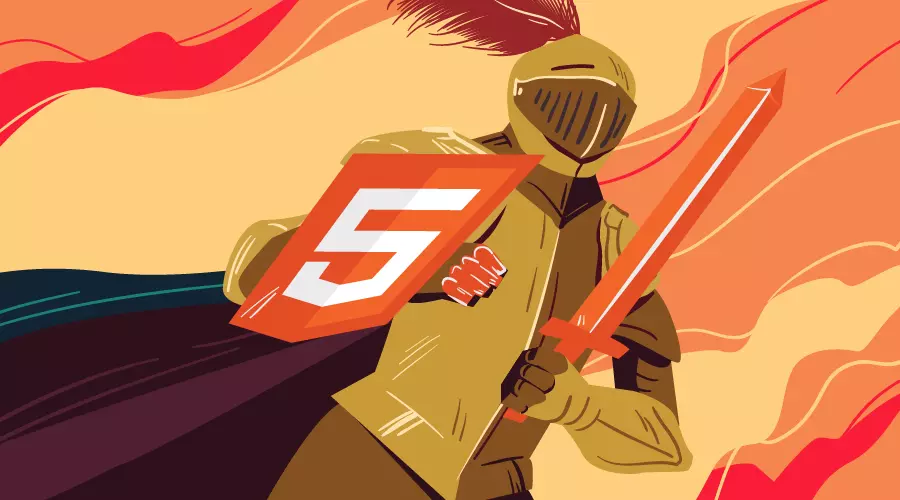
What's New in HTML 5.1
Article Introduction:HTML5.1: A new era of web development
Explore the creative animation production of HTML5 and watch our screen recording tutorial “Create animations with HTML5 Canvas”.
Core points
HTML 5.1, as the latest version of HTML, introduces many new features and improvements, including creating context menus using menu and menuitems elements, creating collapsible content using details and summary elements, and three new form input types: month, week, and datetime -local.
This version also includes the ability to implement responsive images without CSS, such as: the srcset image attribute is used to list multiple alternative image sources;
2025-02-19
comment 0
422

How to check for browser support for specific HTML5 features?
Article Introduction:The most direct way to confirm whether the browser supports a certain HTML5 feature is to use JavaScript detection. 1. Use Modernizr for feature detection: After introducing the Modernizr library, it will add the corresponding class to the tag, and can judge the support status through the Modernizr object; 2. Use native JavaScript to detect specific features: check whether there is a certain attribute or method in the global object, such as detecting canvas or localStorage; 3. Check the compatibility data on CanIUse: Visit caniuse.com to obtain the support of HTML5 features by different browsers, assist in decision-making and compatibility plan planning.
2025-07-14
comment 0
497

Introducing GraphicsJS, a Powerful Lightweight Graphics Library
Article Introduction:HTML5: The cornerstone of modern networks. Today, SVG and Canvas are often the technology of choice when creating interactive images—Flash has been forgotten, Silverlight has become a rare unicorn at the edge of the network, and few people remember third-party plugins.
The pros and cons of each technique are well documented, but in short, SVG is better suited to creating and handling interactive elements. This is because SVG is an XML-based vector format that when an image is loaded into a page using tags, each element in it can be used in the SVG DOM.
In this article, I want to introduce you to GraphicsJS, a new and powerful open source J based on SVG
2025-02-17
comment 0
491

Creating Beautiful Charts Using Vue.js Wrappers for Chart.js
Article Introduction:Create beautiful charts with Vue.js and Chart.js
Charts are an important part of modern websites and applications that help present information that is difficult to express in text and make otherwise difficult to understand data present in an easy to read and understand manner. This article will demonstrate how to create various types of charts using Chart.js and Vue.js. Chart.js is a simple and flexible JavaScript chart library that allows developers and designers to draw different types of charts using HTML5 canvas elements. Vue.js is a progressive JavaScript framework that we will use with Chart.js to demonstrate graph representation examples. We will use Vue CLI to
2025-02-16
comment 0
1081

Detecting browser support for specific HTML5 features.
Article Introduction:Detection of whether the browser supports HTML5 features can be implemented through JavaScript runtime checking or using the Modernizr library. 1. Use native JavaScript to check features, such as 'localStorage'inwindow or create a canvas element and call the getContext method; 2. Introduce the Modernizr library to automatically detect and add class names to the html element and provide Modernizr object calls; 3. For unsupported functions, you can try the polyfill fallback scheme, but you need to weigh performance and functional integrity; in the end, you should choose a suitable method according to actual needs to avoid overcompatibility or blind assumption of the user environment.
2025-07-13
comment 0
702

H5 WebGL for High-Performance 2D Graphics
Article Introduction:Using H5's WebGL to achieve high-performance 2D graphics rendering is because WebGL is based on GPU and has hardware acceleration capabilities. It is more suitable for handling large amounts of graphics drawing and complex animation than Canvas2D. 1.WebGL is a browser interface based on OpenGLES, which runs on the GPU to improve graphics processing efficiency; 2. HTML5 provides the canvas container to carry WebGL content, achieving high-performance rendering without plug-ins; 3. Compared with Canvas2D, WebGL supports hardware acceleration and has stronger performance, especially suitable for frequent redrawing or graphics-intensive scenarios; 4. Developers can realize 2D graphics by obtaining WebGL context, writing shader code, creating buffers, setting projection matrix, etc.
2025-07-17
comment 0
458
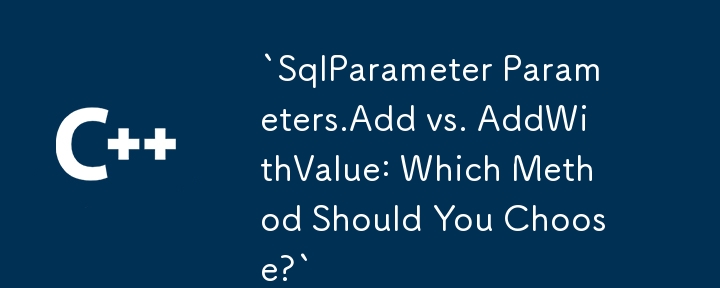
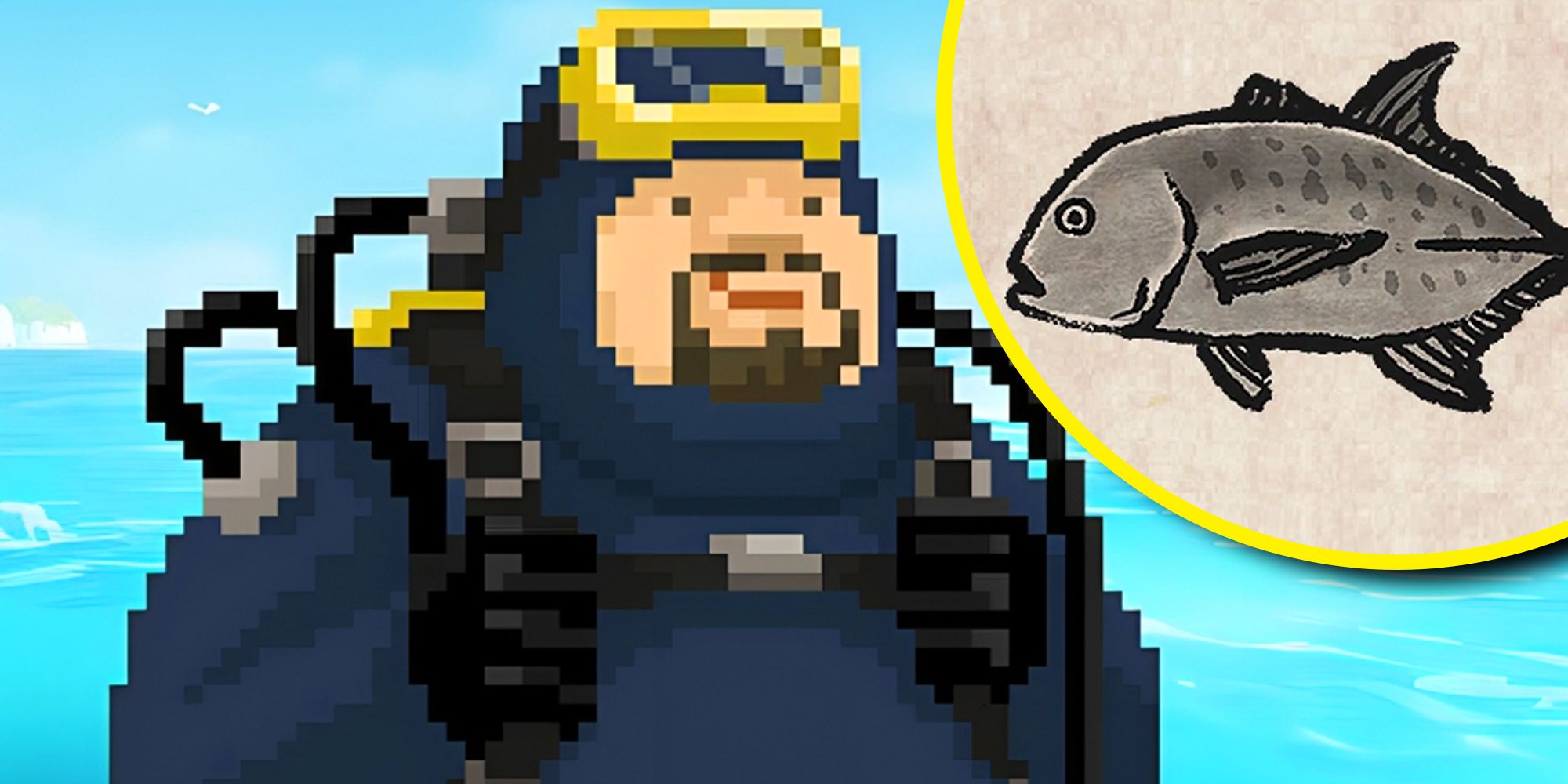
Dave The Diver: How To Catch Spider Crabs
Article Introduction:In Dave The Diver, there are some creatures that are not easy to catch. Or, catch alive that is. The spider crab is one of those very species, making it seem like the only way to bring these crustaceans back up to land is to viciously crack them up w
2025-01-10
comment 0
864

